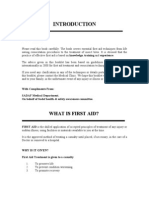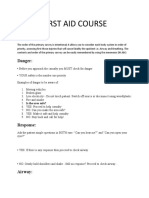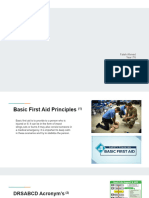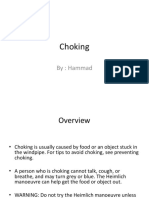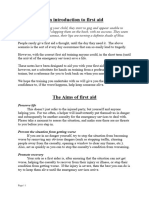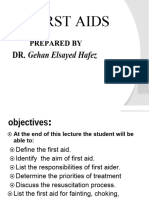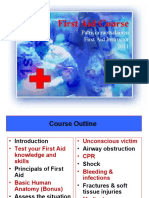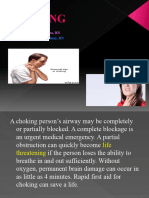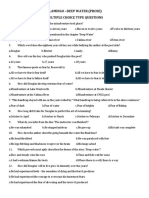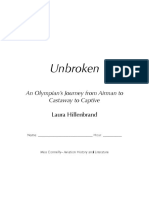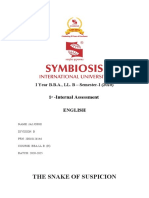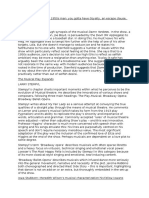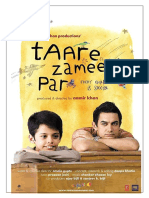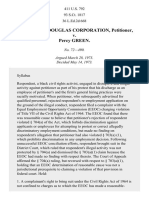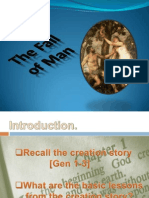0% found this document useful (0 votes)
87 views10 pagesFirst Aid Emergency Response Guide
This first aid guide provides essential steps for dealing with emergencies such as resuscitation, choking, heart attacks, burns, severe bleeding, and nosebleeds. It emphasizes the importance of calling for help, assessing the situation, and performing appropriate first aid techniques. The guide also includes specific instructions for both adults and infants in various emergency scenarios.
Uploaded by
cananotradeCopyright
© © All Rights Reserved
We take content rights seriously. If you suspect this is your content, claim it here.
Available Formats
Download as PDF, TXT or read online on Scribd
0% found this document useful (0 votes)
87 views10 pagesFirst Aid Emergency Response Guide
This first aid guide provides essential steps for dealing with emergencies such as resuscitation, choking, heart attacks, burns, severe bleeding, and nosebleeds. It emphasizes the importance of calling for help, assessing the situation, and performing appropriate first aid techniques. The guide also includes specific instructions for both adults and infants in various emergency scenarios.
Uploaded by
cananotradeCopyright
© © All Rights Reserved
We take content rights seriously. If you suspect this is your content, claim it here.
Available Formats
Download as PDF, TXT or read online on Scribd
/ 10



